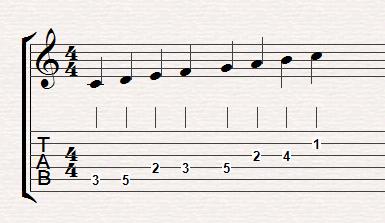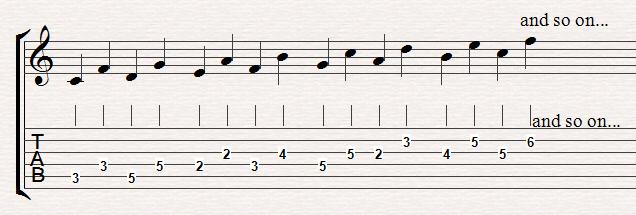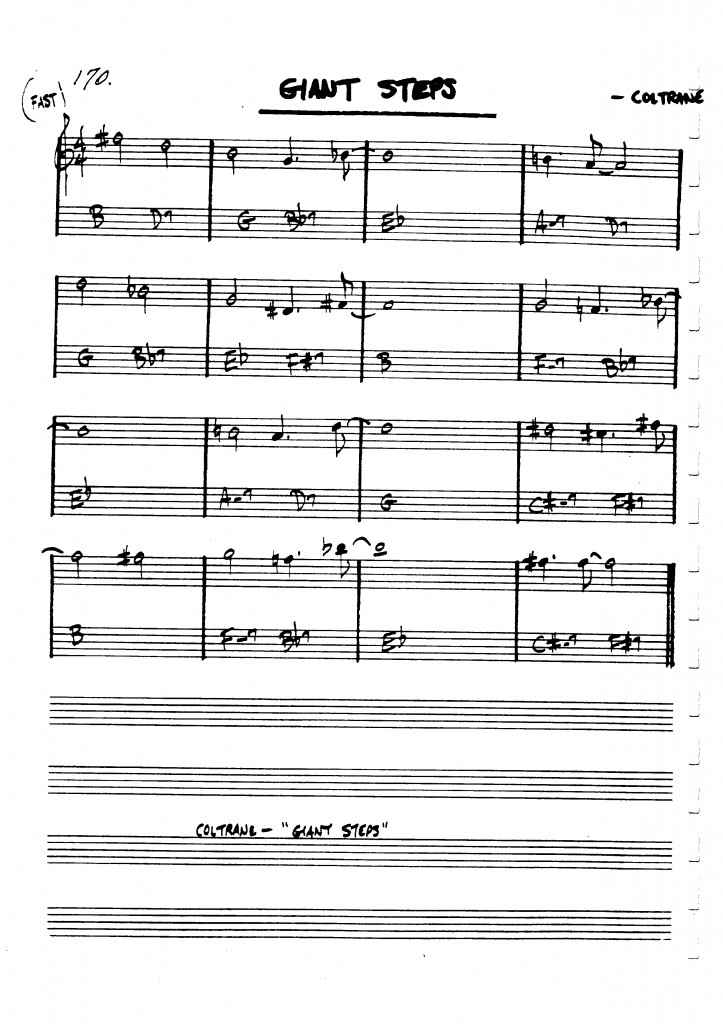Tag: Soloing

Melodic Development – How to make your solos more interesting
In this video I quickly explain how to take a basic idea and try to develop it to make your solos more interesting and memorable. Remember to leave lots of space!!
Recommended reading:
A tool to improve your improvising skills.
It’s not a secret that one of my all time favourite guitar instructional books is The Advancing Guitarist by Mick Goodrich. One the exercises explained in this great book is about creating a random sequence of chords by writing every type of chord (major, minor, all the 7th chords and, if you feel more adventurous, chords with extensions and alterations) on small pieces of paper and extracting them at random. This will not only improve your sight reading in terms of chords and chord progressions, but, if you record these sequences to create a backing track, it will greatly improve your improvisation skills.
This is where http://www.thestringery.com/featured/random-chords-generator/ comes into play.

On this site you can easily generate random sequences to improve your chord recognition knowledge and improvisational skill. The default number of chords is 16 but you can easily change that number. I advice to play along to a drum beat or a metronome, so that you are more focused, starting with a chord per bar.
Also you could leave the recording backing track for a few days, so you completely forget what you recorded, and use it to practice your aural recognition skills (ear training). Try and see if you can recognise a major chord from a minor, or what extensions are contained in a chord.
I am also sure you will find some ‘snippets’ that will inspire you…maybe the beginning of your next masterpiece.
Playing in Fourths
I really like this style of phrasing, take some great examples like McCoy Tyner, and a lot of the ‘hard bop’ jazz cats. The basic idea is this: take a scale, in this example I will use a C major scale.
Now play all the diatonic fourths contained in C major:
In the video I am playing on a Dm (Dorian) vamp, but you can use this phrasing technique on any scale, mode…have fun.
Tips: play Giant Steps on guitar
Giant Steps has always been a challenging standard to play, in this video I give a few tips on how to approach this famous tune.
The Chords (from the fake book-as far as I know it is not copyrighted material so I am posting the original):
One good ‘pattern’ to start familiarising with the progression in playing 1235 for every chord (meaning the 1st,2nd,3nd and 5th of every chord). For the original key it would be B,C#,D#,F#(Bmaj7) then D,E,F#,A (D7), G,A,B,D (G)and so on…
It’s all about getting used to keep your brain engaged at any time. A great exercise!



